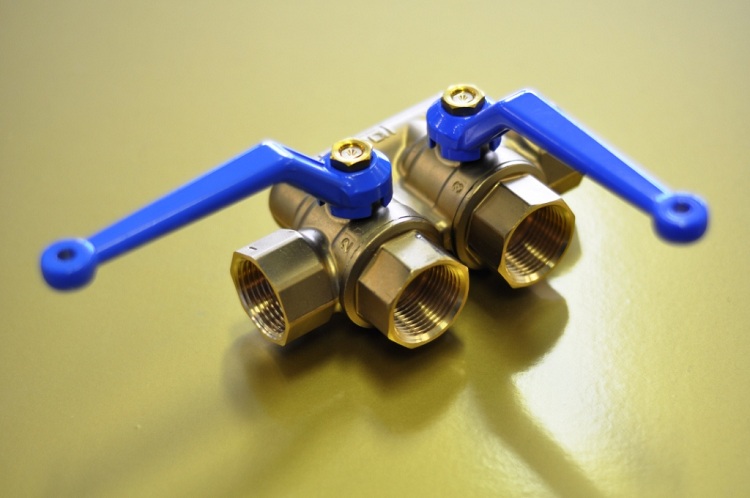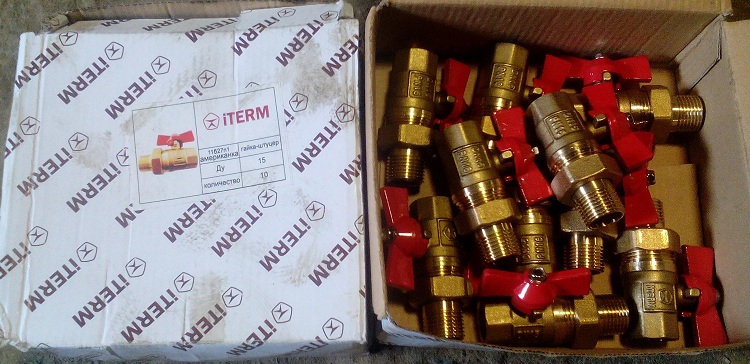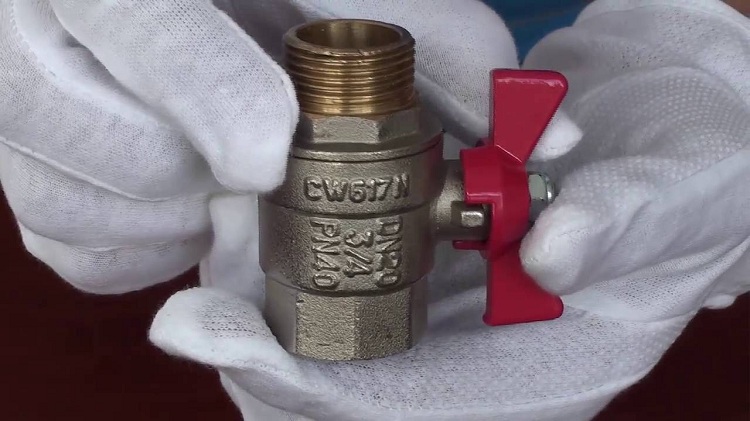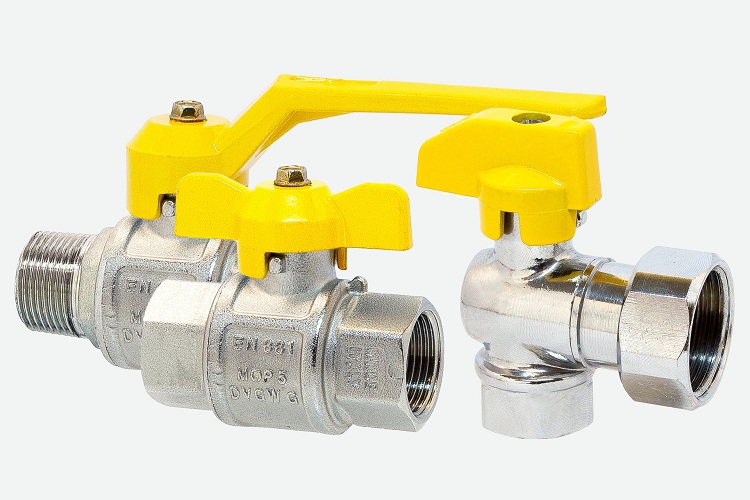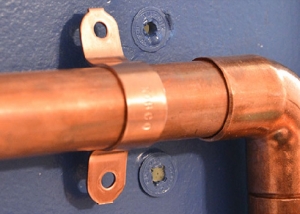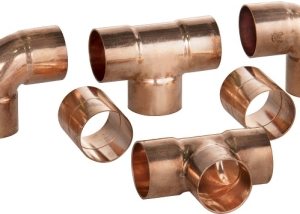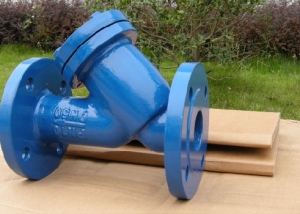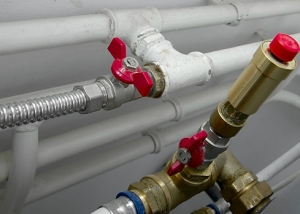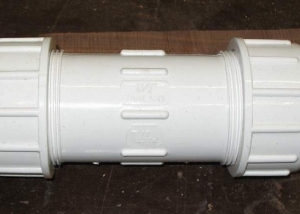When installing pipelines for any purpose, various fittings and valves are used (brass valve or valve, various types of valves) made of black or stainless steel, cast iron or brass. Brass is a material that has been successfully used to manufacture these parts for over 100 years. But the most successful version of stop valves - a ball valve made of brass - came into use relatively early, no more than a few decades ago.
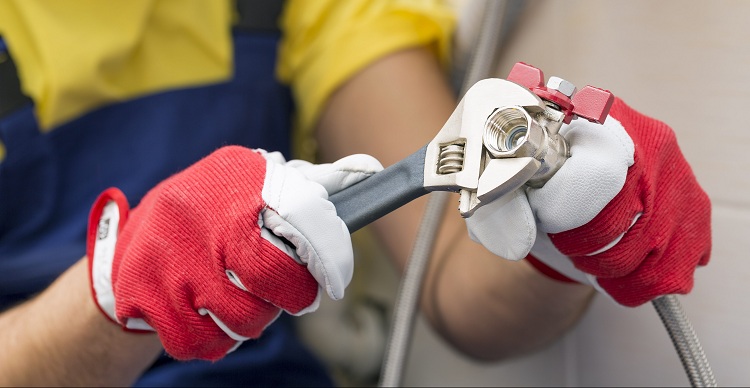
Brass ball valves are suitable for installation on various types of pipelines in the home and industry
Content
Ball valves: what are their advantages?
Understanding why brass ball valves have come to be used in most pipelines is impossible without comparing with outdated parts. Ball valves almost completely replaced their predecessors, which were cork cone valves, commonly installed in pipeline systems in Soviet times.
In cork cone cranes, despite their prevalence, performance was extremely low. Their guaranteed service life did not exceed 8 years, the resource included 1,500 cycles with an MTBF of 400 cycles. Moreover, the actual indicators turned out to be even worse: the hydraulic resistance of cork cranes was extremely low (the coefficient of local resistance was 3.5-6.0), and the tightness was lost after several cycles of using the fittings. It is precisely because of this that a situation has become frequent when, when dismantling old fittings, it is discovered that the cork in the structure is completely absent.
Ball valve prototypes also existed during the widespread use of cork valves. True, they were produced from heavy and brittle cast iron and were intended for pipelines with a diameter of at least 2 inches. More modern analogues of ball valves made of brass no longer had the drawbacks inherent in cork parts.
So, we can distinguish the following advantages of ball brass valves:
- These elements are able to provide the pipeline with the maximum level of tightness. This is especially true for brass ball coupler globe valves made in full compliance with GOST 9544-93. According to all their properties, they fit the tightness class “A”.
- The use of these structures in everyday life is greatly simplified: brass taps are more lightweight than stop valves made of other types of metal.
- They can be used safely in pipelines, the temperature of the working medium in which does not exceed 150 degrees. The optimum working pressure for ball valves is 1.6 MPa.
- In some models, brass spraying is applied to the handle and locknut, which prevents the formation of corrosion on the product.
- Do not require special maintenance throughout the life of the unit.
How to choose the right brass ball valves?
Not all ball brass valves can boast equally high quality. In order to maintain the safety of the pipeline system, when buying this type of valve, you should pay attention to the following points:
1.The material from which the part is made. The most important factor affecting the performance of valves. A good, high-quality faucet should be made of brass: cheap, “disposable” products are made of zinc-aluminum alloy (abbreviation - TsAM). This alloy contains 96% or more zinc, only 2-3% aluminum and less than 1% copper. Some elements of this alloy are used in the automotive industry, but its use in pipelines is unacceptable. In extreme cases, zinc-aluminum shutoff valves can be used in organizing a temporary summer irrigation system.
A poor-quality analogue from TsAM differs from a ball brass valve in the first place by its too light weight. The specific gravity of the zinc-aluminum alloy is about a third less than that of brass: 6.7 g / cm³ in the first case and 8.7 g / cm³ in the second.
TsAM and brass can also be distinguished by color. If the electroplated layer is erased on a brass product, the color of this area will become slightly yellowish, and after some time it will oxidize again to a silver tint. The natural color of the brass ball valve can be found on its threaded pipe. The tint of the zinc-aluminum alloy does not change; products made of it retain the characteristic silver color in any case.
Helpful advice! Brass fittings can be produced in three different ways: forging, casting or pressing. The best choice would be a brass tap made by pressing or forging.
2. The weight of the product. Not only products made of different alloys can differ in weight: if you compare two ball valves of the same size from different manufacturers, their weight will significantly differ. It is believed that the thicker the product, the thicker its wall and the more reliable it is, respectively. But some manufacturers, noticing this pattern, began to equip the stop valves with a heavy steel handle, due to which the total weight of the product increases. Therefore, one can be guided by this principle when choosing a ball valve only after removing additional elements from it: a handle and a fastening nut.
3. The required bore diameter. Depending on the diameter and throughput, ball valves can be part-way and full-bore. The full bore ball brass valve has no hydraulic resistance, so there is no pressure loss in the pipeline. Full bore parts are mainly used in the installation of water pipes: the loss of pressure in the pipeline with gaseous media negatively affects the performance of the system.
4. Type of stuffing box. Products can have various designs of stuffing box assemblies:
- The easiest and cheapest option: the stem is inserted from the inside. Two packing rings made of elastomer are used. Unsuitable assembly with very low temperature resistance. If a leak forms on the stem, the entire valve must be replaced.
- The stem is inserted from the inside, two packing rings from different materials are used: one from FPM, the other from NBR. According to the characteristics of wear resistance does not differ from the previous type of node.
- The stem is inserted from the inside. There is an internal thread on the stuffing box nut and an antifriction element. Sealing is carried out by a teflon seal and a rubber ring. In case of breakage, all elements are replaced, except for the rubber ring. The oil seal on such models has a small height, which is why its sealing is weakened.
- Inner stem, seal made with Teflon packing - without rubber seal. All elements of the unit can be repaired.
- The stem is inserted externally and equipped with a pressure flange.The gland nut has an external thread and a selection under the rim. Teflon seal. Also, like the previous version, it can be repaired. There is a problem: stem knocking out due to the pressure of the working medium.
Other structural elements of a ball valve
Ball valve. This part is usually presented in the form of a ball, but sometimes in order to save metal, changes can be made to the design of the ball valve. For example, a circular groove can be made from the bottom of the shutter. Its disadvantage is the accumulation of debris and sediment from the working environment. Sometimes the ball is replaced by a cube, while its sides are also pierced.
Handle. The method of fastening the handle of a ball valve is one of the features that also affects the characteristics of the product. Units with a self-locking nut are considered the most reliable: they are protected from arbitrary unscrewing of the nut due to pipeline vibrations. If fastening is carried out with a regular nut, then the crane will periodically need maintenance: the nut will have to be tightened. When fastening a nut with a screw, the assembly breaks more often, since the internal thread of the stem can weaken it.
A ball valve made of brass, made in accordance with the standards, can become a universal solution for gas or water supply. Also, the main condition for the optimal operation of this element is its correct choice, based on the requirements of the system.
